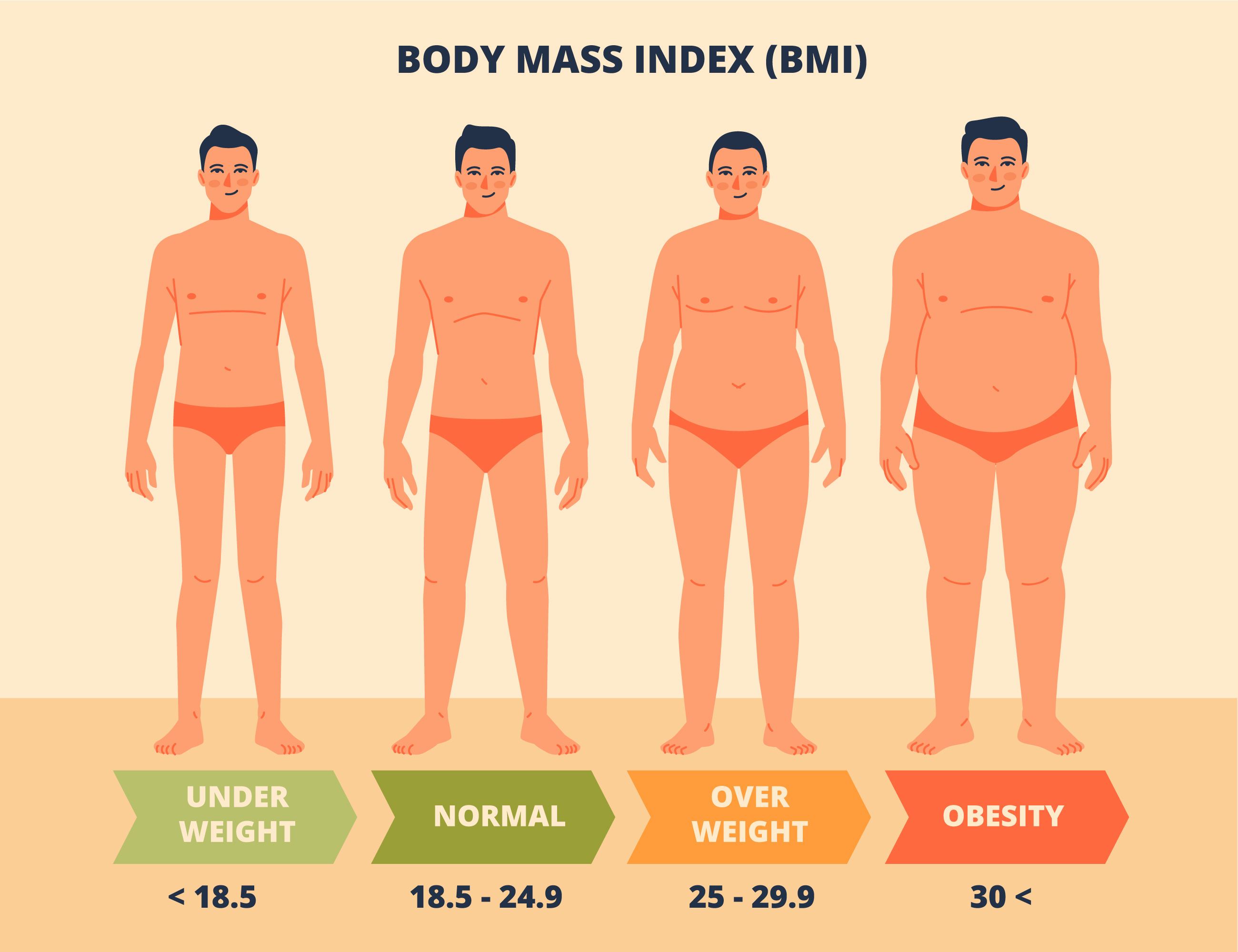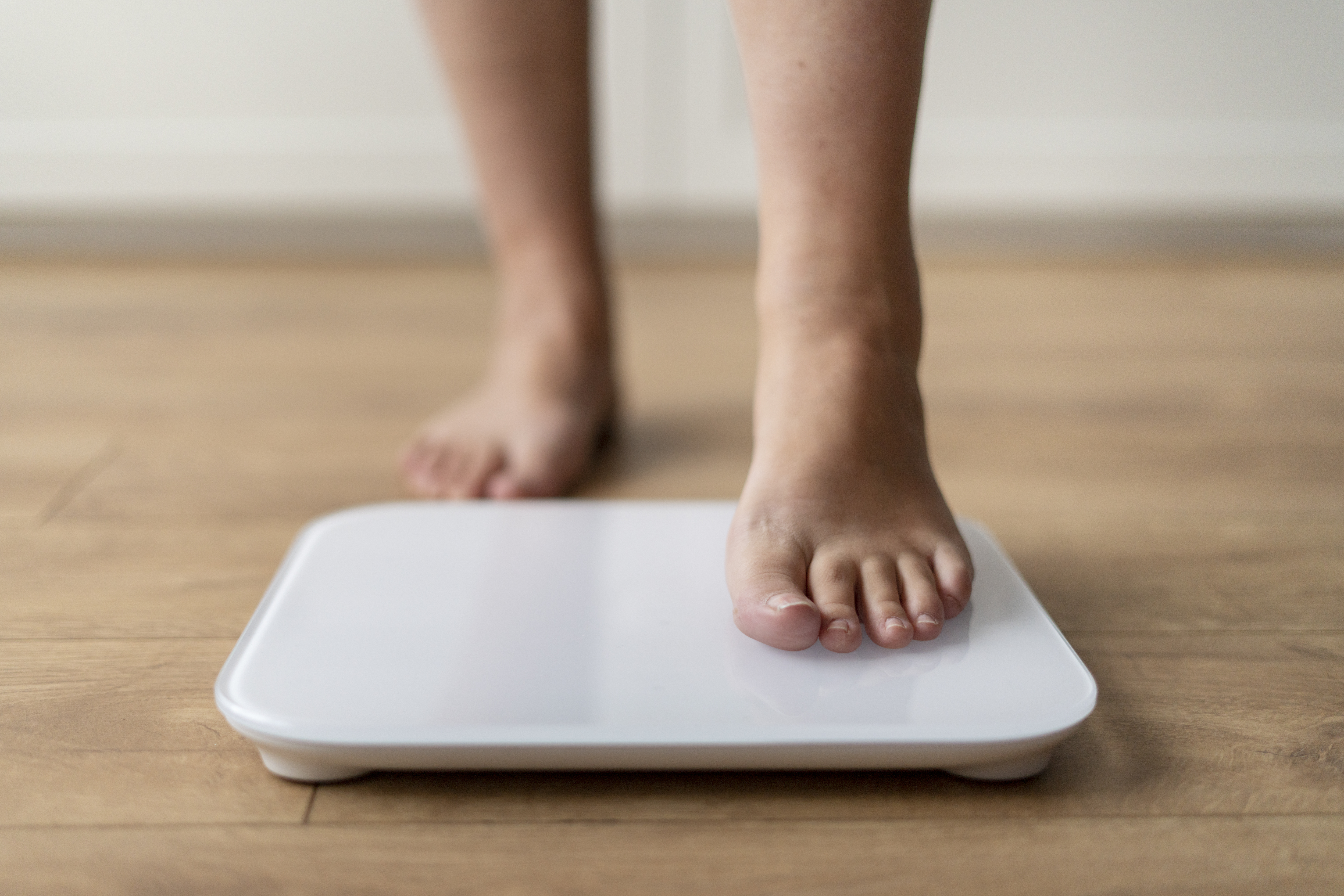Table of Contents
- Why is BMI No Longer a Reliable Health Indicator : Here’s What to use instead
- The truth about BMI,Is it still relevant in 2025?
- BMI Is Outdated - Here’s How to Measure Health Better
- 1) Body Fat Percentage (BFP)
- 2) Waist-to-Height Ratio :
- 3) Waist-to-Hip Ratio :
- 4) Visceral Fat Measurement :
- 5) Metabolic Health Markers
- CONCLUSION
Why is BMI No Longer a Reliable Health Indicator : Here’s What to use instead
BMI alone can give a misleading picture of your overall health.Discover why it’s considered outdated, the science that explains it’s limitations,and the smarter ways to measure true health.
Do you think BMI tells the whole story about your health? Let’s try to understand.
For decades, the Body Mass Index (BMI) has been the go to metric for defining whether someone is underweight, normal, overweight,or obese - but now it’s increasingly being questioned by health experts.Why? Because BMI can’t distinguish between muscle and fat,nor can it indicate where fat is distributed by the body. That means a muscular athlete could end up in the “Overweight” category while someone with low muscle mass, but higher body fat might be labelled as “Healthy” BMI.
Here we will break down:
- Why BMI is no longer a reliable health indicator
- Compare it to body fat percentage
- Show you science-backed ways to measure your health more accurately.
BMI vs. Body Fat - Which is Better to Measure Health?
Let’s first understand what is BMI. We calculate BMI by dividing weight by height squared. While it’s easy to calculate, it overlooks crucial factors such as muscle mass, bond density and how fat is distributed throughout the body.
Based on the calculation, you are placed into categories:
- Underweight : BMI below 18.5
- Normal Weight : BMI between 18.5 and 24.9
- Overweight : BMI between 25 and 29.9
- Obese : BMI of 30 or more

Body Fat Percentage (BFP), on the other hand, measures, the actual proportion of fat in your body, providing a more accurate insight into your metabolic health. Most common methods to measure body fat percentage includes:
- Skinfold Calipers
- Bioelectrical Impedance Analysis (BIA)
- DEXA scan ( Dual Energy X-ray Absorptiometry)
Why Body Fat is a Better Predictor?
A) Body fat percentage reflects health risks more directly: for example, high visceral fat that is fat around organs is linked to heart disease, type 2 diabetes and certain cancers.
B) Body fat measurement can detect risk, even if BMI is normal, a condition known as TOFI ( Thin Outside,Fat Inside)
C) Body five percentage allows customised health targets. Example, healthy range for men =10 to 20% ;Healthy range for women= 18 to 28%. (Varies by age)
D) Tracks fitness and lifestyle changes better : Body fat percentage will show improvement, which is more motivating and relevant for fitness goals.
E) Differentiates healthy vs unhealthy weight loss : BMI drops whether you lose muscle or fat, but health benefits come from fat loss while preserving muscle. So when we measure body fat, it ensures that weight loss programs are improving body composition, not just the number on the scale.
The truth about BMI,Is it still relevant in 2025?
Though it has been widely used for decades, BMI has major drawbacks that make it less reliable.
A) BMI does not account for fat distribution. It reads all weight as equal so someone with low visceral fat, but high muscle mass might be classified as the same as someone with excessive fat deposits (visceral fat is packed around the internal organs and it is more harmful than the subcutaneous fat ,that is, which is under the skin. It is linked to heart disease,insulin resistance as well as chronic inflammation)
B) BMI isn’t “One Size Fits All” : At the same BMI,people from different ethnic groups can have very different amount of body fat. For example, South Asian tend to have more visceral fat even at lower BMI.Black individuals often have more lean muscle mass at the same BMI compared to white individuals, which means BMI may overestimate their body fat.
C) BMI is misleading for athletes and muscular individuals. It does not differentiate between muscle and fat. It simply divides weight by height Squared. This means if you carry a lot of lean muscle mass, your BMI can be high even if your body fat is extremely low. Let’s understand with an example ,a professional rugby player might have a BMI of 28, which falls in the “overweight” range, but could have only 8 to 10% body fat, which is well within the elite athletic standards.
D) It ignores age related muscle loss(Sarcopenic Obesity): As we age, we naturally lose muscle mass, a process known as Sarcopenia.Unfortunately , BMI can’t detect this shift in body composition. An older adult may have a normal BMI yet still have too much body fat and insufficient muscle mass. Therefore, stable weight in older adults may hide muscle loss plus fat gain that happens over the years.
BMI Is Outdated - Here’s How to Measure Health Better
1) Body Fat Percentage (BFP)
It is the proportion of your total body weight, that is fmade up of fat mass compared to everything else in your body such as muscle, bone,water and organs.
BFP directly reflects adiposity. It identifies people who are “skinny-fat” (normal BMI but high fat %) and distinguishes muscular people from those carrying excess fat.
Below are the methods to measure BFP:
DEXA (Dual-Energy X-ray Absorptiometry — it is a medical imaging test that uses two low-dose x-ray be at different energy levels. It was originally developed to diagnose osteoporosis and now, in many clinics and sports science labs,it’s also used to measure the total body fat percentage, visceral fat estimates and fat distribution. It is highly accurate and reproducible. The exposure to radiation is also very low. It’s very helpful for athletes tracking muscle gain versus fat loss as well as for older adults, who are at risk of osteoporosis and Sarcopenia.
Skinfold Callipers : It is a low cost body fat tool that measure the thickness of a fold of skin and subcutaneous fat specific points on the body like triceps,abdomen,thigh etc. This measurements are then put into equations to estimate the total body fat percentage. They are affordable and portable.
2) Waist-to-Height Ratio :
It compares the waist circumference to height,a quick inexpensive way to assess the abdominal obesity, which is closely linked to cardiovascular diseases and insulin resistance as well.
How to calculate:
- Measure your waist at the narrowest point, just above the belly button
- Divided this number by your height.
Healthy target:
- keep your waist circumference under half your height
- Waist to height ratio below 0.5 indicates low risk
- Waist to height ratio more than equal to 0.5 indicates increased cardiometabolic risk
Therefore, waist to height ratio directly reflects fat distribution and predicts health risks earlier.
3) Waist-to-Hip Ratio :
It compares the size of your waist to your hips. This ratio reveals where your body stores fat, specifically whether you carry more fat around your abdomen or hips/thighs. It predicts risk even in normal BMI individuals.
How to calculate:
- Measure your waist at the narrowest point, just above the belly button
- Measure your hips at the widest point around the buttocks
- Divide waste measurement by hip measurement
Healthy targets:
- Male : waist to hip ratio less than equal to 0.90
- Female: waist to hip ratio less than equal to 0.85
- Higher ratios indicate greater risk of heart disease and type 2 diabetes
4) Visceral Fat Measurement :
Visceral fat is the fat that wraps around vital organs, like abdomen, liver, pancreas, and intestine. Unlike the subcutaneous fat, the visceral fat is metabolically active, that means it releases inflammatory chemicals and hormones that might disrupt your metabolism. It is strongly related to type 2 diabetes, heart disease and fatty liver disease.
Visceral fat can be measured through DEXA scan, Bioelectrical impedance analysis, MRI or CT scan ,waist to height ratio,waist to hip ratio.
The healthy range of visceral fat ideally should be less than 10% of total fat.
5) Metabolic Health Markers
They are biological indicators that show how well your body processes energy, and maintains balance.They look directly at how your body functioning, not just how much it weighs.
Key markers to check and their optimal range:
- Fasting plasma glucose: 70-99 mg/dl
- HbA1c: <5.7 %
- Blood Pressure: <120/80 mmHg
- C Reactive Protein( inflammatory marker) : <1 mg/L
- Lipid Profile : LDL <100 mg/dl ; HDL >50mg/dl (women),>40mg/dl (men); Triglycerides < 150 mg/dl
A normal BMI does not guarantee good metabolic health ,whereas these metabolic markers gives a direct measure of health and they can be improved through lifestyle changes even without major weight loss.
CONCLUSION
BMI was a relevant health measure for its time. It served its purpose in the past, but now ,your health deserves more than a single number. Body composition waist measurements and metabolic markers give a far more accurate picture of your well-being.
If you have been relying slowly on BMI, it’s time to get a full health check that includes body fat percentage, waist ratio and lab work. Because ultimately, the goal isn’t to achieve a normal BMI- It’s to build a body that’s strong, capable and resilient for life.




